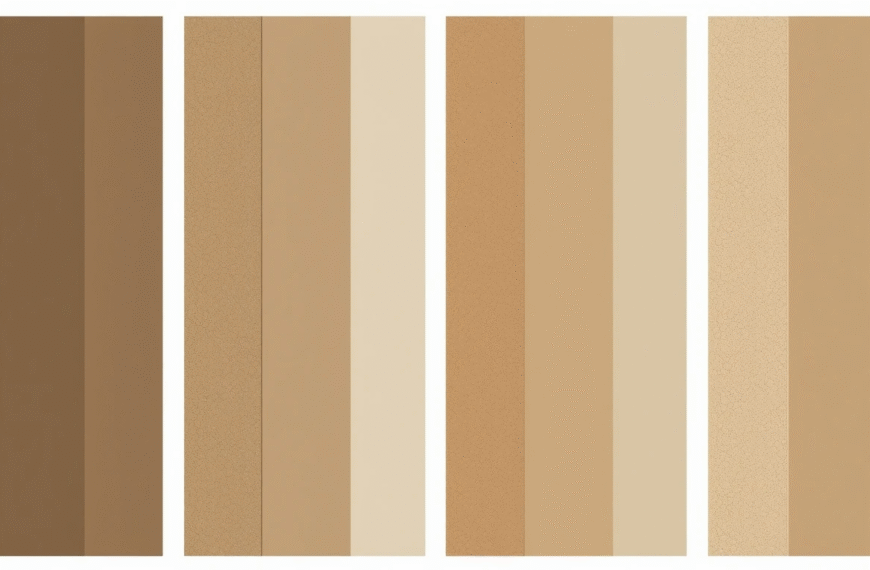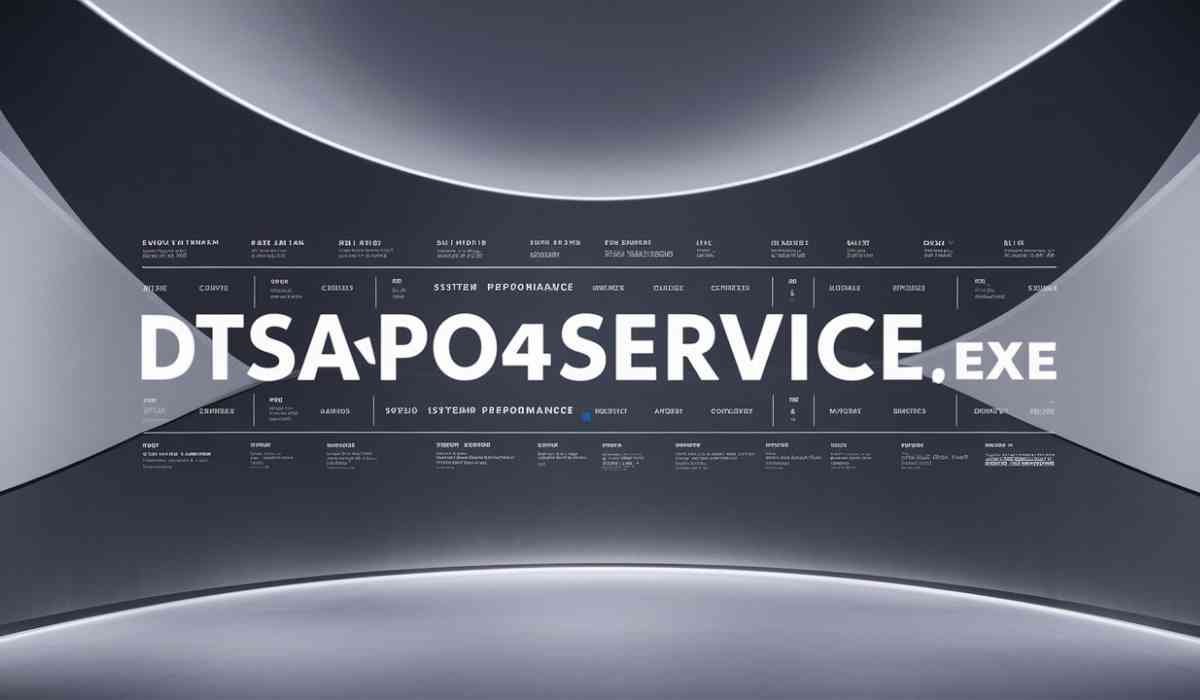Vertical radiators have become a trendy and contemporary choice compared to traditional horizontal radiators. They provide distinct benefits, but there are also some downsides to consider. If you’re considering adding vertical radiators to your home, here’s a comprehensive overview of their advantages and disadvantages.
Advantages of Vertical Radiators
1. Space Saving Design Ideas
Tall radiators offer a sleek, compact alternative to traditional horizontal models. Their vertical radiator design creates a stunning, modern aesthetic that makes contemporary homes beautiful. The space-saving shape allows these stylish radiators to serve as design features rather than bulky necessities tucked away. With their upright orientation, tall radiators occupy less wall space, freeing up room for furniture, artwork, and other design elements.
Their slender profile draws the eye upward, enhancing the visual openness of smaller spaces. Looking for the perfect vertical radiator? We’ve got you covered! at online stores like Bathroom Takeaway, you’ll find a stunning collection of vertical radiators in various styles to match your unique taste and budget.
2. Increase Heat Distribution
A vertical radiator effectively distributes heat throughout a room because heat rises. Many models are built to deliver high heat output, making them suitable for larger spaces.
The heat output of radiators can differ based on the model, size, and material selected. Generally, single flat radiators produce less heat compared to double models. Additionally, you might notice that aluminium vertical radiators tend to perform better in terms of heat output than steel models of the same size.
3. Flexible Installation Options
In contrast to conventional horizontal radiators that are typically installed beneath windows, vertical radiators can be mounted on nearly any wall. This versatility enables homeowners to enhance their heating system while preserving their preferred room arrangement.
4. Energy Efficiency
Numerous vertical radiators are crafted to be exceptionally energy-efficient, contributing to lower heating expenses. They typically integrate seamlessly with contemporary heating systems, such as underfloor heating and smart thermostats.
Disadvantages of Vertical Radiators
1. Higher Cost
Vertical radiators typically come with a higher price tag compared to standard horizontal models. The upfront costs encompass not only the radiator but also possible installation expenses, which could be elevated due to extra mounting needs.
2. Limited Heat Output in Certain Models
Although numerous vertical radiators deliver impressive heat output, some models may not perform as well as horizontal ones. It’s important to verify the BTU (British Thermal Unit) rating to make sure it aligns with your heating requirements.
3. Placement Constraints
While vertical radiators offer flexible installation options, they still need a suitable location with proper access to pipework. In some cases, this can limit where they can be installed, especially in homes with unique or unconventional layouts.
4. Less Surface Area for Drying Clothes
Traditional horizontal radiators have a larger surface area, making them effective for drying clothes and towels. In contrast, vertical radiators, with their tall and narrow design, provide less drying space, which may be a disadvantage for certain households.
Is a Vertical Radiator Right for You?
Considering a vertical radiator? The decision hinges on a few important factors: available space, design preferences, heating efficiency, and your budget.
If you’re limited on wall space or dealing with a compact room, a vertical radiator could be an excellent option. It allows for more furniture placement and maintains a sleek, modern aesthetic in your home. Additionally, if you appreciate contemporary design, you’ll find a variety of stylish vertical radiators that can make a bold statement in your space.
Vertical radiators are a great option for homeowners who want to save space, boost their home’s appearance, and increase heating efficiency. However, there are factors to consider, including cost, placement, and possible limitations in heat output. If you’re thinking about making the switch to vertical radiators, it’s important to weigh these advantages and disadvantages to see if they suit your home.









